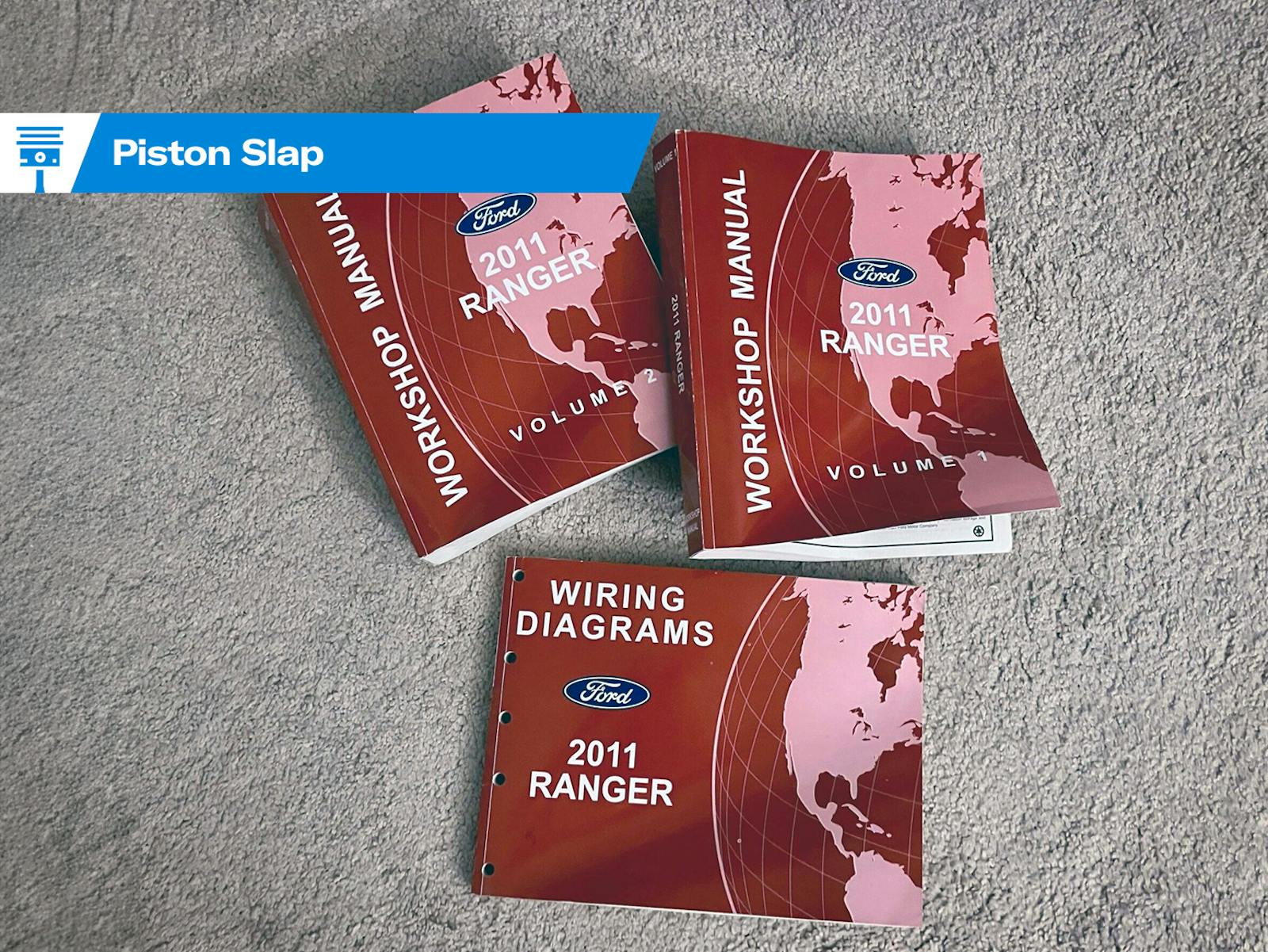Tread Carefully With Older Tires
Just because the tires on your prized classic have plenty of tread doesn’t necessarily mean that they’re safe to take out on the road. There’s a growing pile of evidence that tires can become unsafe as they age – even if they’ve never touched asphalt.
Aging tires are a very real danger. One Hagerty client bought some tires in 2003 for his 1973 Caprice. He only put about 7,500 miles on them before the tread peeled off, damaging the fender and door and knocking off the moldings. After consulting the DOT code on the side of the tire, it was determined that the tires were originally manufactured in 1989! They were under-inflated as well, contributing to the tread separation.
ABC News ran an investigative piece in 2008 drawing attention to the problem of tire failure. Families of crash victims told similar stories of tires blowing out, even though they thought they were new.
One of the groups leading the fight against aging tires is Safety Research & Strategies Inc. and its president, Sean Kane. As of June 2, 2008, SRS says it had documented 159 incidents in which tires older than six years experienced tread or belt separations resulting in crashes. These incidents were the cause of 128 fatalities and 168 injuries, according to SRS.
The group has been pushing for the National Highway and Transportation Authority and automakers to issue recommendations to replace tires that are six years or older, regardless of use. In 2006, Ford Motor Company – still smarting from the Firestone tire fiasco of 2000 – added a six-year tire replacement recommendation, regardless of tread wear, to its Web site and owner’s manuals. DaimlerChrysler quickly followed Ford’s lead.
But SRS’ findings are still disputed by many in the tire industry, and the Rubber Manufacturers Association in particular. The RMA states on its Web site that the “service life of a tire is affected by many factors that are independent of the chronological age of the tire.”
So what’s a classic car guy to do? In many cases, the tires we use on our cars get much less use than our daily drivers. But age is still an important factor that should be considered. To understand how aging tires impact collectors, Hagerty contacted two of the leading retailers for their input.
Coker Tires
Coker Tire is the world’s largest and most prominent supplier of antique and classic tires for automobiles, trucks and motorcycles. Jess Hoodenpyle, the VP of sales and customer service, has been with them for 10 years.
“Most tires will get used up before five years,” he said. “But we deal with specialty and antique vehicles and a lot of our tires don’t see that kind of use.”
Coker, explained Hoodenpyle, never sells any tires older than six years, unless it’s specifically marked as New Old Stock. Still, they take specific precautions when storing their inventory to prevent aging problems.
“There’s no evidence that tires have an expiration date,” he said, echoing the RMA. “It really depends on how you store the tire.”
Coker has a 175,000-square-foot storage warehouse in Chattanooga, Tenn., where they keep their products out of extreme temperatures, direct sunlight and damaging ozone. All of the company’s tires are also stored on racks with no more than eight lying on top of one another. This prevents them from deforming. Most of their tires are also wrapped in plastic as a preventative measure.
Still, the company does have some specific recommendations for car owners.
“It comes down to monitoring your tires,” Hoodenpyle explained. “We recommend visual monthly tire inspections. I can’t tell you how many people put the tire on and never check the pressure.”
Hoodenpyle says you should also check for cracks and bruises in the tire, and rotate them on a regular basis. And most important: Don’t hesitate to drive on them.
“Rubber compound has a lot of chemicals that allow them to stay soft longer,” he said. “It’s activated by heat, which is built up when you drive the tire.”
Universal Tires
Universal Vintage Tire, located in Hershey, Penn., is also a worldwide supplier of tire products for auto enthusiasts. General Manager John Northeimer says they’re asked all the time about aging tires.
“We usually recommend swapping out tires every eight to ten years,” he said, “but we’ve also seen people driving on 15-to-20-year-old tires. We tell people to look at their tires and check the outsides for problems or cracking.”
Bias ply tires – the majority of their sales – however, are a different story. “They are a beefier tire that tends to last longer,” he explained.
Northeimer described a problem unique to vintage tire dealers. In many cases, they have to buy 200-250 tires at a time from a provider for very unique sizes.
“It’s hard to sell that amount quickly,” he said. “So it’s not unusual to see them still here after three or four years.”
But, like Coker, Universal takes great care to make sure they’re stored appropriately. They’re wrapped and kept in a controlled environment.
How to determine the age of your tires
There’s a relatively easy way to determine the age of your tires, if you know where to look and how to read the jumble of letters and numbers on the side of your tire. You only need to worry about the last three or four digits.
The code begins with the letters “DOT,” which indicates that the tire meets all federal standards. The next two numbers or letters are the plant code where it was manufactured, and the last four numbers represent the week and year the tire was built. For tires manufactured in the 1990s, you’ll find a three-digit code. For example, the numbers 317 means it was manufactured during the 31st week of 1997. After 2000, the number is a four-digit code. For example, 0301 means it was manufactured during the third week in 2001.


